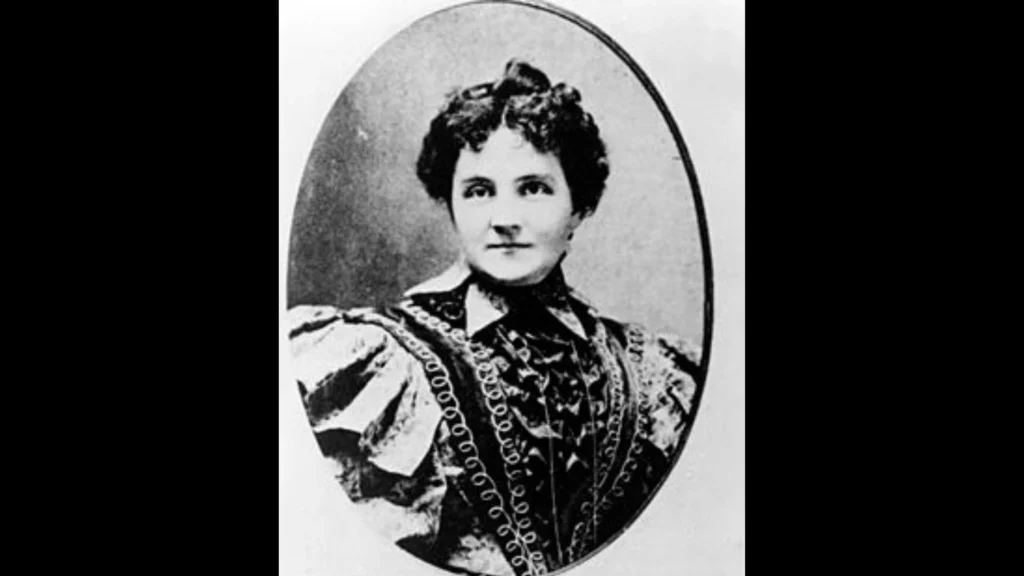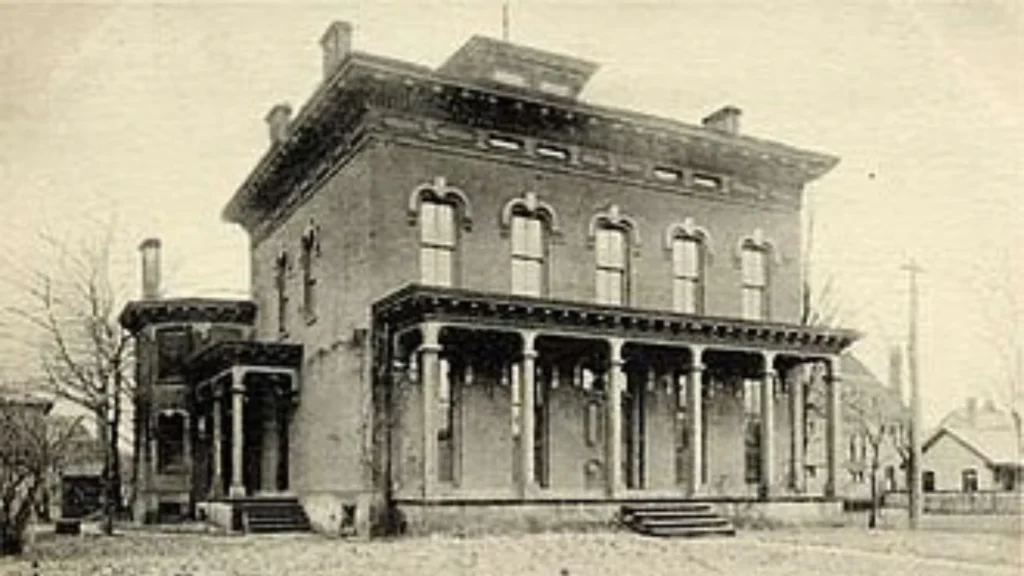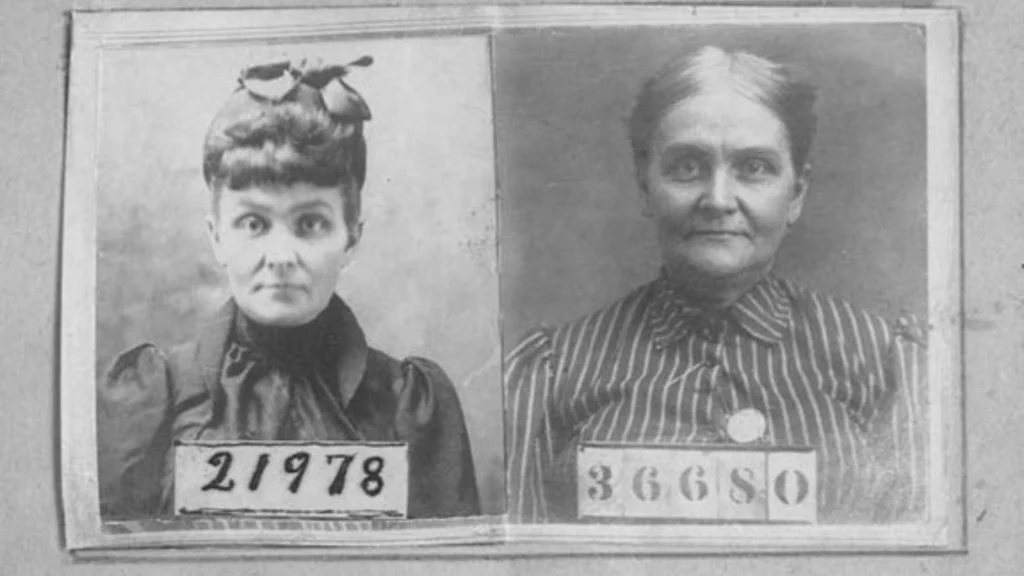
Cassie Chadwick, whose real name was Elizabeth Bigley, was born on October 10, 1857, in Appin, Canada West—what is now Ontario. She grew up in a large family with seven siblings. Her father worked for the railroad and they lived on a small, modest farm near Eastwood. From a young age, Elizabeth had a talent not for schoolwork or chores but for lying.
When she was just 13 years old, she pulled off her first scam. She tricked a bank into giving her money using a fake letter that claimed she had inherited a fortune. It was the beginning of a long path of forgery and fraud. As a teenager and young adult, she was arrested several times. In 1879, she was caught using fake promissory notes in Woodstock, Ontario, but avoided jail after her lawyers argued she was mentally unfit.
New Names, New Scams

According to the Encyclopedia of Cleveland History, Elizabeth Bigley married Dr. Wallace S. Springsteen in 1882. The marriage ended just 11 days later, after he learned about her criminal past. She didn’t stop there. She began using new names—Lydia Scott and Madame Lydia DeVere—and worked as a fortune teller, while continuing her scams.
In 1889, she was sentenced to nine and a half years in a Toledo prison for forgery. However, she only served four years before being released early by then-Governor William McKinley. After getting out, she reinvented herself again. This time in 1897, she married Dr. Leroy Chadwick, a wealthy widower from Cleveland who had no idea about her history. With this marriage she gained respect and access to high society.
The Carnegie Inheritance Lie

Around 1902, Cassie Chadwick told the biggest lie of her life. She began telling people that she was the secret daughter of Andrew Carnegie, one of the richest men in the world. Carnegie had sold his steel business for $480 million in 1901—an amount that would be worth billions today.
Cassie said that Carnegie had secretly given her millions in promissory notes. These notes she claimed, were proof of a promised inheritance. She used them to get huge loans from banks—even though they were completely fake. Because of Carnegie’s fame and wealth, nobody wanted to question her story too closely.
As Lipstick Alley reported, she even arranged a clever meeting with her husband’s lawyer, James Dillon. While they were at a hotel in New York, she convinced him to go with her to Carnegie’s mansion. There, she pretended to speak with the staff and “accidentally” dropped a forged note worth $2 million. Dillon believed what he saw. He spread the rumor, helping her false story gain power.
The Scheme Grows Bigger
Cassie Chadwick was able to borrow huge amounts of money. The Citizens National Bank of Oberlin gave her $240,000. A man who personally knew Carnegie even lent her $800,000. She said she had $7 million worth of promissory notes at home and would inherit $400 million once Carnegie died.
She spent money in a way that made people believe her lies. Her purchases included golden furniture, a pipe organ and jewelry covered in emeralds and pearls. Her lifestyle seemed to match her claims, and the banks thinking she was trustworthy because of her “family”, kept giving her more loans.
The Truth Comes Out
But lies like these don’t stay hidden forever. In 1904, one of her creditors, H.B. Newton, demanded that she pay back nearly $191,000. Instead of paying, Cassie ran away to New York. She was quickly arrested.
Her trial took place in Cleveland and attracted huge attention. Even Andrew Carnegie showed up. He looked at the fake notes and famously said, “If anybody had seen this paper and then really believed that I had drawn it up and signed it, I could hardly have been flattered.” He also pointed out the spelling mistakes and added, “Why, I have not signed a note in the last 30 years,” according to Mental Floss.
Facing Justice

In March 1905, Cassie Chadwick was found guilty of seven counts of conspiracy. She was sentenced to 14 years in prison and fined $70,000. She began serving time at the Ohio Reformatory for Women in early 1906.
Her fraud didn’t just hurt her victims—it caused serious financial damage. The Citizens National Bank of Oberlin went bankrupt after a rush of withdrawals. Her case showed how easy it was back then for someone to get huge loans without proper checks. It sparked new conversations about banking safety and fraud prevention.
Cassie Chadwick spent her final years behind bars. Gone were the fancy clothes, riches, and powerful lies. She died in prison on her 50th birthday—October 10, 1907—from an unknown illness, according to Wikipedia.
Her story is now remembered as one of the most daring frauds of the Gilded Age. With forged papers and bold lies, she fooled some of the most powerful men of her time.


